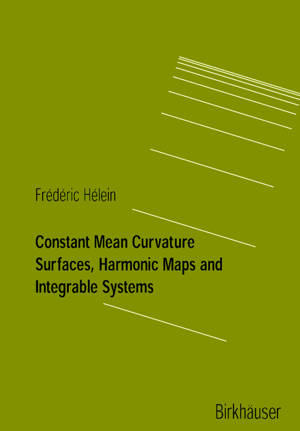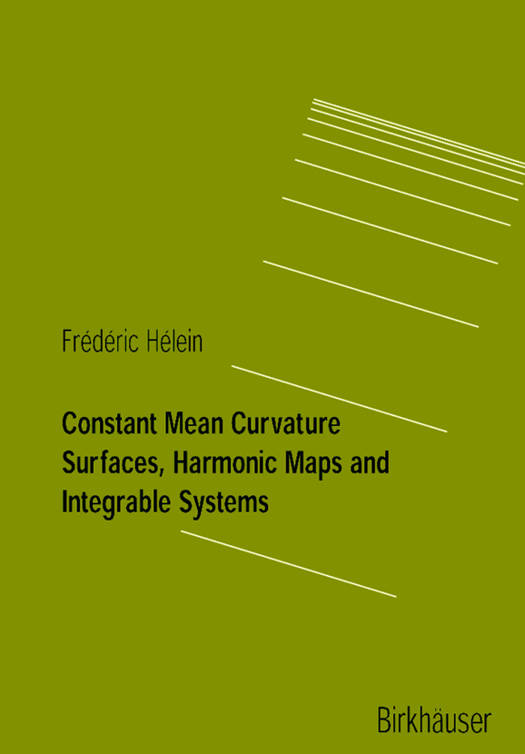
- Afhalen na 1 uur in een winkel met voorraad
- Gratis thuislevering in België vanaf € 30
- Ruim aanbod met 7 miljoen producten
- Afhalen na 1 uur in een winkel met voorraad
- Gratis thuislevering in België vanaf € 30
- Ruim aanbod met 7 miljoen producten
Zoeken
Constant Mean Curvature Surfaces, Harmonic Maps and Integrable Systems
Frederic Hélein
€ 52,95
+ 105 punten
Omschrijving
One of the most striking development of the last decades in the study of minimal surfaces, constant mean surfaces and harmonic maps is the discovery that many classical problems in differential geometry - including these examples - are actually integrable systems. This theory grew up mainly after the important discovery of the properties of the Korteweg-de Vries equation in the sixties. After C. Gardner, J. Greene, M. Kruskal et R. Miura [44] showed that this equation could be solved using the inverse scattering method and P. Lax [62] reinterpreted this method by his famous equation, many other deep observations have been made during the seventies, mainly by the Russian and the Japanese schools. In particular this theory was shown to be strongly connected with methods from algebraic geom- etry (S. Novikov, V. B. Matveev, LM. Krichever. . . ), loop techniques (M. Adler, B. Kostant, W. W. Symes, M. J. Ablowitz . . . ) and Grassmannian manifolds in Hilbert spaces (M. Sato . . . ). Approximatively during the same period, the twist or theory of R. Penrose, built independentely, was applied successfully by R. Penrose and R. S. Ward for constructing self-dual Yang-Mills connections and four-dimensional self-dual manifolds using complex geometry methods. Then in the eighties it became clear that all these methods share the same roots and that other instances of integrable systems should exist, in particular in differential ge- ometry. This led K.
Specificaties
Betrokkenen
- Auteur(s):
- Uitgeverij:
Inhoud
- Aantal bladzijden:
- 122
- Taal:
- Engels
- Reeks:
Eigenschappen
- Productcode (EAN):
- 9783764365769
- Verschijningsdatum:
- 1/06/2001
- Uitvoering:
- Paperback
- Formaat:
- Trade paperback (VS)
- Afmetingen:
- 170 mm x 239 mm
- Gewicht:
- 254 g

Alleen bij Standaard Boekhandel
+ 105 punten op je klantenkaart van Standaard Boekhandel
Beoordelingen
We publiceren alleen reviews die voldoen aan de voorwaarden voor reviews. Bekijk onze voorwaarden voor reviews.











